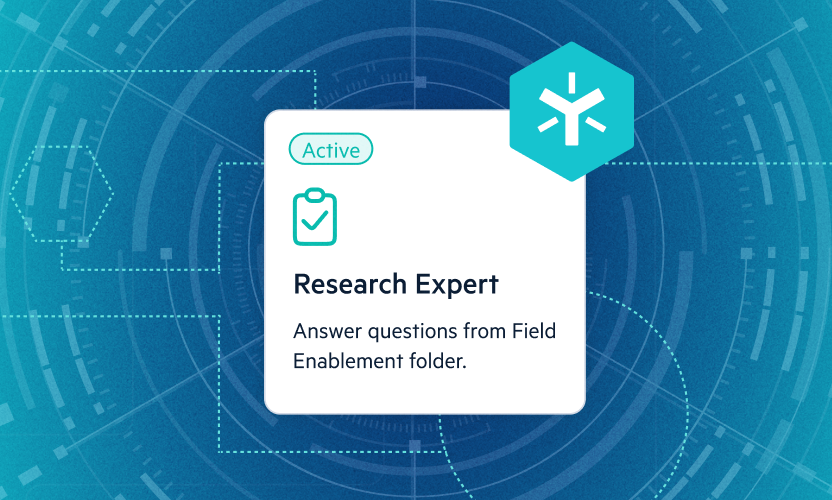
Egnyte Metadata Intelligence Provides Structure to Your Enterprise Content
The great management thinker, W. Edwards Deming, famously said something to the effect of, “If you can’t measure it, you can’t manage it.” It’s hard to argue with Deming’s logic, but there’s a consideration that comes before measurement, and that’s discovery. Before anyone measures or manages anything, they have to be able to accurately find and understand the things being measured, managed, improved, and transacted. In an environment that increasingly places economic value on unstructured content, this aspect of visibility and context defines much of the business strategies for the modern enterprise.
The problem that most organizations face, however, is that management of their data is done in a way that prevents them from deriving much actual value from it. Companies tend to employ models that are focused on file sharing and storage, rather than meaning of what’s actually in the content. After a certain point of data growth, typical folder structures become highly inefficient.
Most enterprises spin up folder structures in an ad-hoc fashion, and then use the most rudimentary search parameters to find their content. The problem, however, becomes one of scale — as content stores grow, basic search become less efficient. Often, users don't know the precise keywords, or the search results are too lengthy or complex.It becomes worse than a needle in a haystack problem, because in that scenario, the principals know there’s a needle. Lack of structure usually means that no one knows the information they need is even available.
As content becomes the new currency for the modern enterprise, it’s metadata which enables it to be usable and applicable to solve business problems. Metadata accelerates data discovery that can lead to better, more informed organization of enterprise content. By applying key-values to identify and combine content, it’s possible to locate and deploy data that is contextually relevant to business decision-making.
Egnyte has added a layer that uses a no-code approach to creating metadata frameworks to organize highly searchable, relevant content. This additional functionality is providing organizations with the ability to take control of how data is tracked and accessed, while applying security policies that can be customized based on company-specific guidelines, industry standards, or regulatory frameworks.
Within the Egnyte platform, admins can create entire metadata sections with zero-code, and users can then mark folders, files, and even specific versions of files, with custom data. These advanced metadata capabilities enable individuals, teams, and organizations to structure their data according to specific business needs, set security policies based on that information, and glean meaningful context and insights from the data.
That means that users who transact with content are given the tools to easily and rapidly solve for their content findability needs, irrespective of their technical capabilities. This reduces the hours spent on discovery, and creates new insights that help inform decision-makers. This gives individuals, teams, and organizations the ability to take control of how sensitive data is structured, discovered, and managed.
Specifically, the Egnyte metadata features emphasize these capabilities:
Custom Metadata Creation: Administrators are able to customize metadata namespaces directly in the WebUI. These fields are set up in the admin tab and can be filled out by users as they create and save files in Egnyte. Integrated apps can add custom metadata that provide greater context around content. Metadata adds structure to unstructured data, making it easier to organize, search, and analyze.
Metadata Search: This structured search option allows users to search for content in Egnyte based on metadata fields. This provides greater choice in how to discover content, and the ability to drill down to find very specific kinds of content. In typical content searches, results are based on keywords. The Egnyte platform delivers results that identify content based on larger categories (which are generally used as a way to classify data based on themes and topics).
Metadata-Driven Classification: This gives users the ability to classify data and create policies based on custom metadata created in the repository. Admins can mark certain kinds of metadata as sensitive, so all files and folders marked as such in the Egnyte repository will be treated as sensitive. This allows both admins and line-of business users to mark things as sensitive, and then use it to classify content using criteria that is not included in the out-of-the-box classification patterns. Admins can prevent external sharing, monitor access, and set archive, retention, and deletion policies based on that label.
To learn more about the metadata intelligence capabilities in the Egnyte platform, we invite you to read our latest ebook, Data is Valuable, But Only When It’s Usable: The Importance of Metadata for Enterprise Content.




